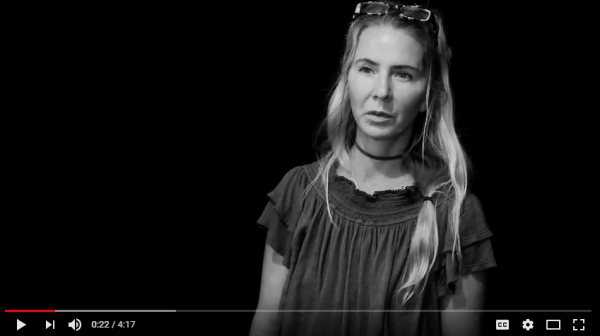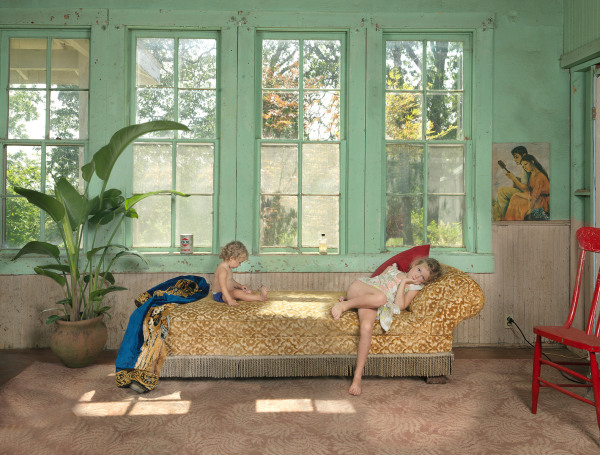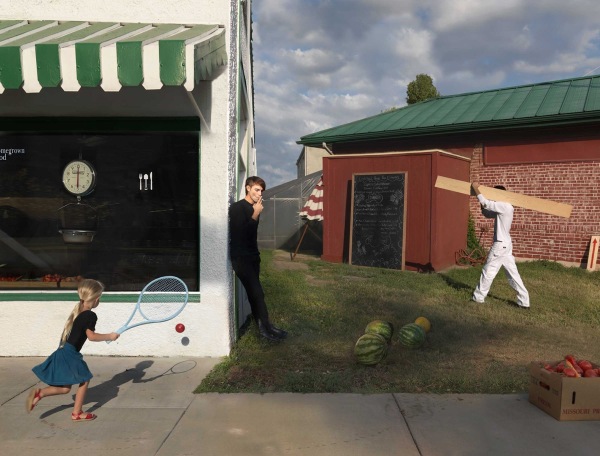Interview with photographer Julie Blackmon
07/19/2018
Blackmon’s works are a deft mash-up of pop phenomena, consumer culture, social satire, and sly references to iconic American works of art. They are often littered with the disposable artifacts that we often turn our eyes away from: potato chip bags and fast-food wrappers, discarded toys and magazines. Her unblinking eye often verges on the surreal, lending a bracing, irreverent snap to her unique world, where Blue Velvet meets Norman Rockwell.
The Picture | The Story
Julie Blackmon: Chaise, 2013
08/24/2016
My extended family has a “house” we’ve visited every summer since childhood that used to be an old-one room country schoolhouse. It sits alone on a scenic hilltop in southwest Missouri. When we were kids, we spent much of our summer break here. We’d run around outside most of the time we were here, but in the afternoons, when it’d get too hot to play outside, we’d go inside the schoolhouse and lounge around on the old musty furniture, under the peeling lead paint windows, and do nothing, in a “summer vacation” kind of way. Years later, when I saw the Spanish painting. The Artist’s Children, by Mariano Fortuny, I immediately thought about my summers as a child and lying around in the old schoolhouse with the green walls, and decided to do a portrait of my nieces in that same green room. I wanted to document one of those “down time” moments between the chaos that makes summer feel like summer.
The Picture | The Story
Julie Blackmon: Homegrown Food, 2012
08/24/2016
This little market, Homegrown Food, in my hometown of Springfield, Missouri, is one of the first “organic” groceries to appear in our Midwestern town and is evidence of the rebirth of the small neighborhood grocery store that has taken hold nationwide. It is one of the many signs of our changing landscape, and the new state of health consciousness that has emerged in our country. But conflicting messages still abound in regard to the health conscious and the hip, and so I decided to have fun with this idea when I saw one of the workers outside smoking one day. The setting … with it’s striped awning, and the various figures and angles, and the construction workers nearby, reminded me of Balthus’ famous painting “The Street,” and so I decided to reference it as a way of enhancing or exaggerating the scene.



